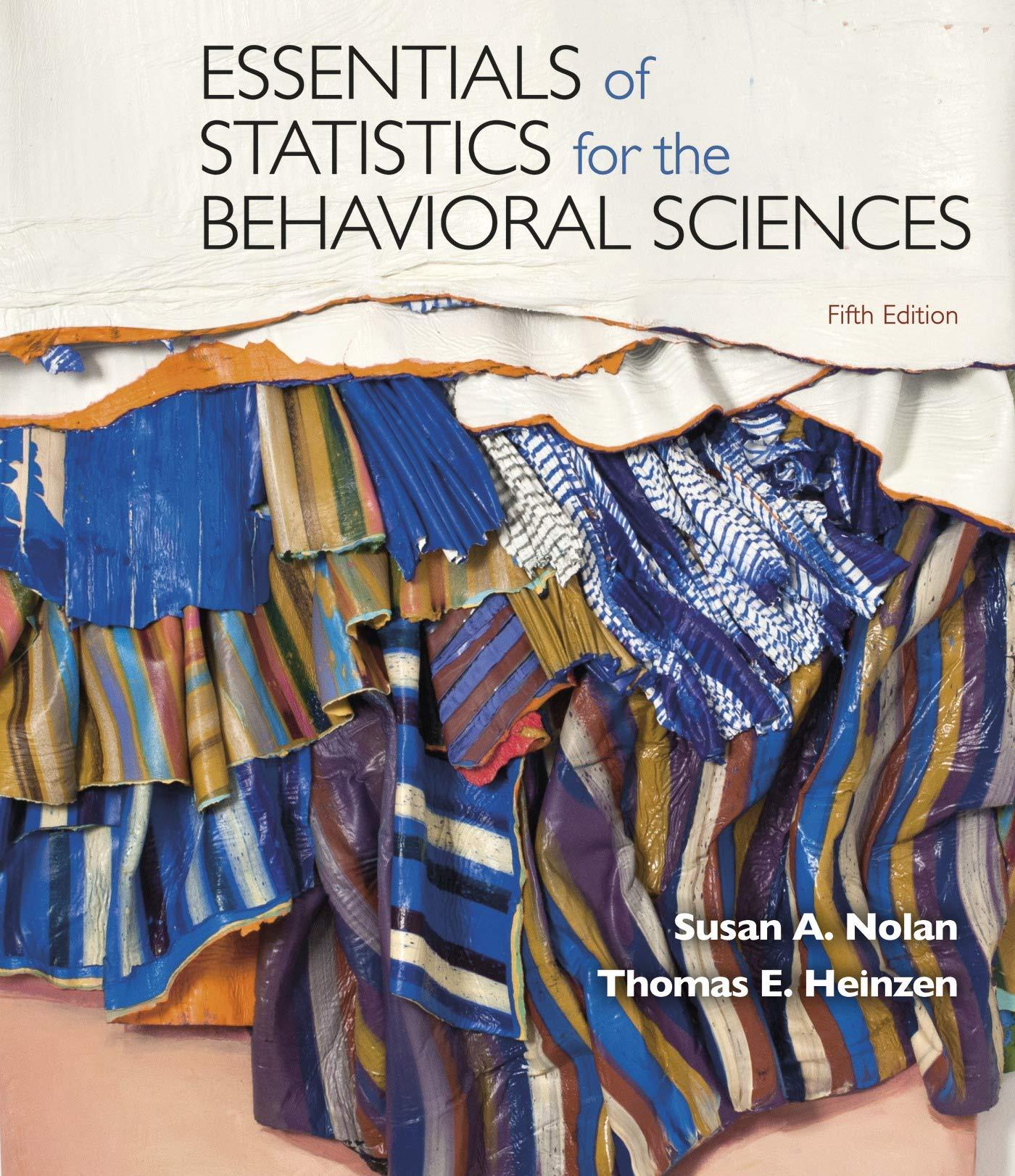7.51 Patient adherence and orthodontics: A research report (Behenam & Pooya, 2006) begins, There is probably no
Question:
7.51 Patient adherence and orthodontics: A research report (Behenam & Pooya, 2006) begins, "There is probably no other area of health care that requires ... cooperation to the extent that orthodontics does," and explores factors that affected the number of hours per day that Iranian patients wore their orthodontic appliances. The patients in the study reported that they used their appliances, on average, 14.78 hours per day, with a standard deviation of 5.31. We'll treat this group as the population for the purposes of this exercise. Let's say a researcher wanted to study whether a video with information about orthodontics led to an increase in the amount of time patients wore their appliances but decided to use a two-tailed test to be conservative. Let's say he studied the next 15 patients at his clinic, asked them to watch the video, and then found that they wore their appliances, on average, 17 hours per day.
a. What is the independent variable? What is the dependent variable?
b. Did the researcher use random selection to choose his sample? Explain your answer.
c. Conduct all six steps of hypothesis testing. Be sure to label all six steps.
d. If the researcher’s decision in Step 6 were wrong, what type of error would he have made? Explain your answer.
e. If the researcher analyzed his data after every 10 patients and stopped once he had a statistically significantly result, which unethical practice would he have used? Why is this a potentially harmful practice?
Step by Step Answer:

Essentials Of Statistics For The Behavioral Sciences
ISBN: 9781319247195
5th Edition
Authors: Susan A. Nolan, Thomas Heinzen






